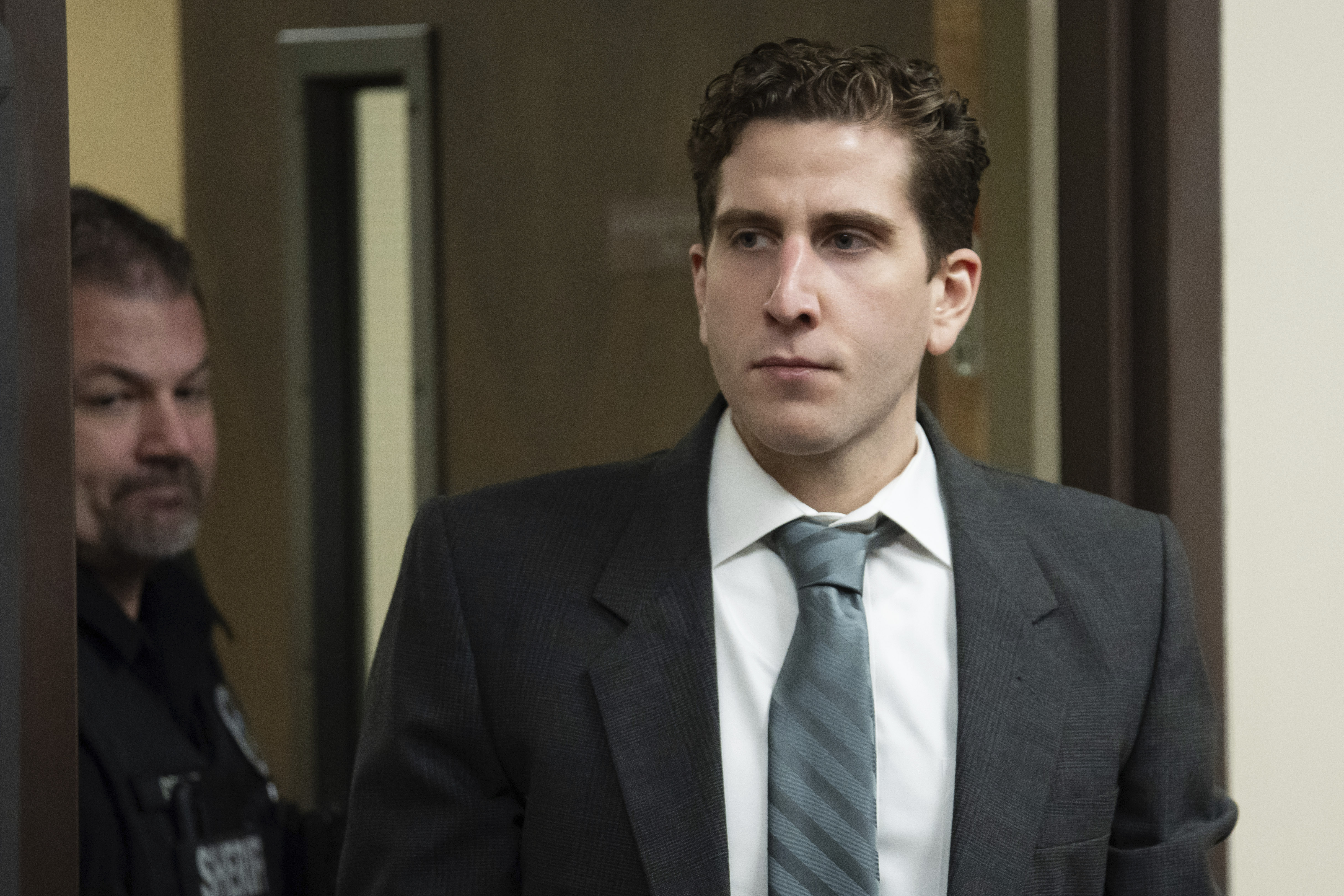Groups at the University of Southern California are working to preserve the history of the Holocaust using holograms and interactive elements.
The USC Shoah Foundation Institute for Visual History and Education and the USC Fisher Museum of Art, along with artist David Kassan, have created the Facing Survival exhibit. The exhibit seeks to commemorate the lives of Holocaust survivors and ensure that their stories live on.
Kassan’s work, which includes a portrait of the remaining 11 LA-based Holocaust survivors, aims to capture the subjects’ backgrounds. Kassan said he interviewed each of his subjects extensively to achieve this.
"It’s really important to get to understand your subject and to get to understand the context of how they live, where they live, and about their family," Kassan said. "It just makes the painting a little bit more extra in understanding and it helps get their testimony out."
The exhibit also employs QR codes which visitors can scan with their phones to get stories that the foundation has collected from Holocaust survivors. Selma Holo, director of USC Museums, said these interactive elements are used to encourage a deeper bond between viewers and the works on display.
"This is very important for us because, normally, you go to painting shows and look at paintings, which is marvelous," Holo said. "But we wanted to have layers of interaction so that people could relate to the works themselves and also learn more about the stories that David has worked so hard to reproduce in his paintings."
Some survivors have had their stories recorded and included in the Shoah Foundation's Dimensions in Testimony collection. The collection uses pre-recorded video interviews, presented as holograms, to allow visitors to ask questions that prompt real-time responses, according to the foundation's website.
U.S. & World
News from around the country and around the globe
Stephen M. Smith, executive director of the USC Shoah Foundation, said the holograms permit visitors to sit down with survivors and have intimate conversations.
Ilya Albert, a USC graduate, said the exhibit allowed him to connect with his grandfather, whose testimony the foundation collected in the 1990’s.
"I was about nine years old when the Shoah Foundation came to interview him. It was really exciting to be a part of that, but I vaguely remember a little bit about it," Albert said. "But finally watching it today, it’s great to see all the experiences that he had and I’ve learned so much about my grandfather because of it."
The exhibit is on display at the USC Fisher Art Museum from Sept. 18 to Dec 7.



